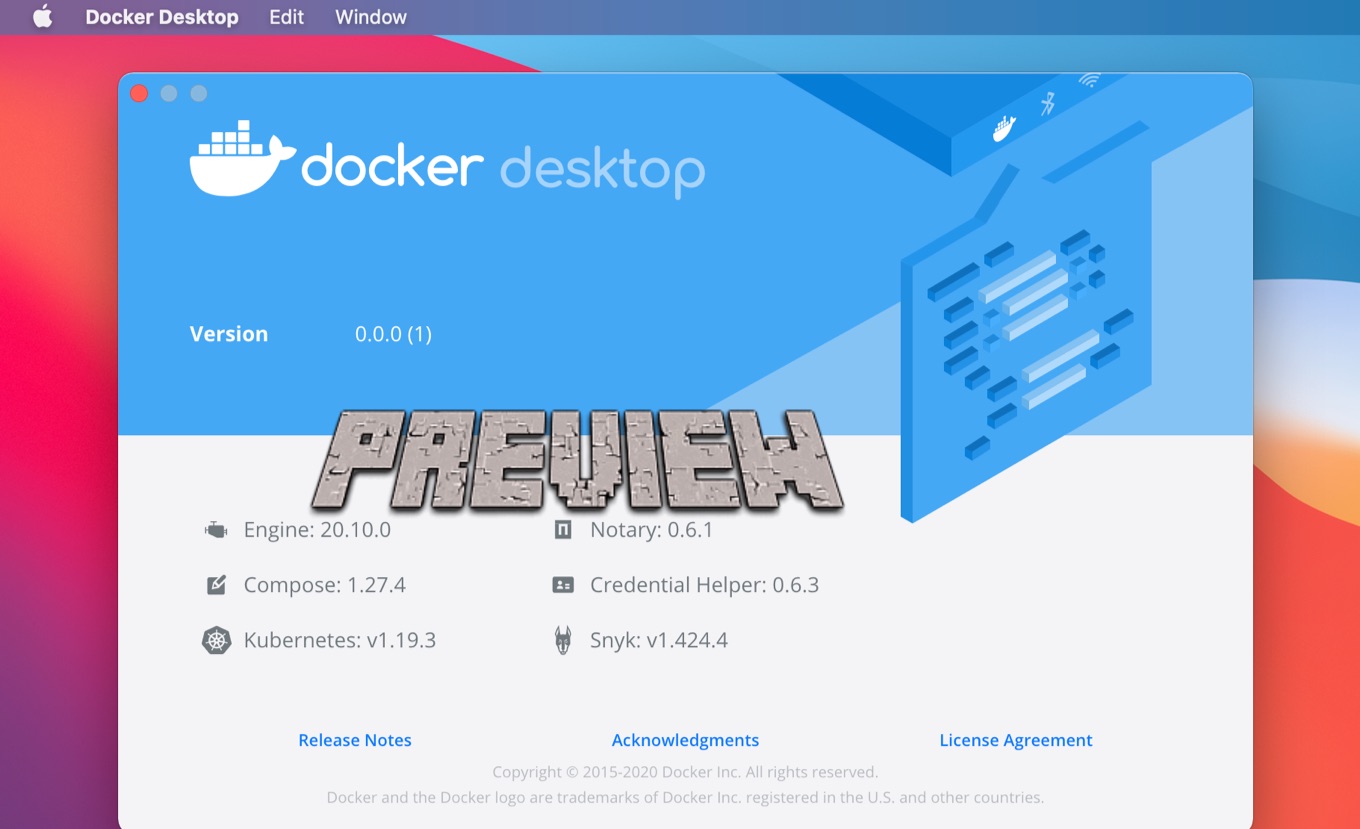
Here, I would like to talk about my experience with M1 MacBook AIr. I put some links below for your reference. If you are intested in the general experience of M1 MacBook Air, there are a lot of YouTube videos you can checkout out. Overall, I am satisfied with this solution, and I have already integrate my MacBook Air into my daily work pipeline. Both methods run blazingly fast on my 2020 M1 MacBook Air without noise and obvious heat. There are two ways you can use ROS and ubuntu on Apple M1 chip: Virtual Machines and Docker. platform linux/amd64.In this post, I will introduce the setup procedure of Ubuntu and ROS on the platform based on Apple Silicon M1 chip. If you are unsure, you can build the image locally using docker build. Although, the OS/ARCH type is very common so it is likely that it is default. On other registries, like GitLab, there is no indication unfortunately. You can check if the image has the x86_64 (also known as amd64) icon within the Docker hub. Ensure linux/amd64įirst ensure that there is a linux/amd64 variant of the image in question.

If it fails at any point, you likely built or pulled the wrong OS/ARCH combination. The output should mention Linux 89a13e8a6753 5.10.25-linuxkit #1 SMP PREEMPT Tue Mar 23 09:24: x86_64 Linux.

Ensure you’re in the correct environment using: uname -a

Replacing alpine with the image you want to spin up. Spin up a container using: docker run -rm -it -platform=linux/amd64 alpine sh If the latter option is an Intel-based architecture like amd64, x86_64, or 圆4, then I would have to cross-build the image on Apple M1 ( aarch64). I can either instruct docker to build for both aarch64 and amd64, or just one image. For projects that require prebuilt libraries, I’ll just use a Docker container. My current home development setup includes an Apple M1 laptop and a Windows 10 desktop with an AMD chip.


 0 kommentar(er)
0 kommentar(er)
